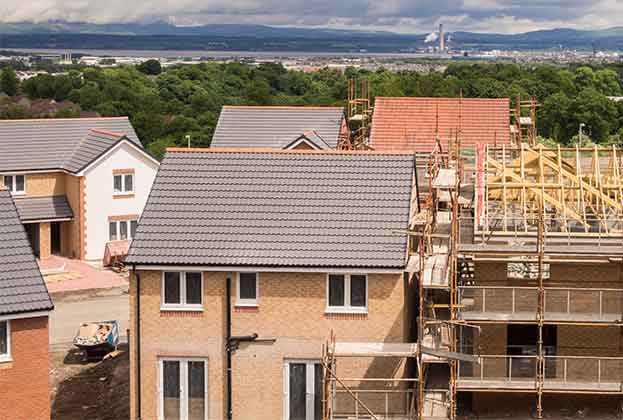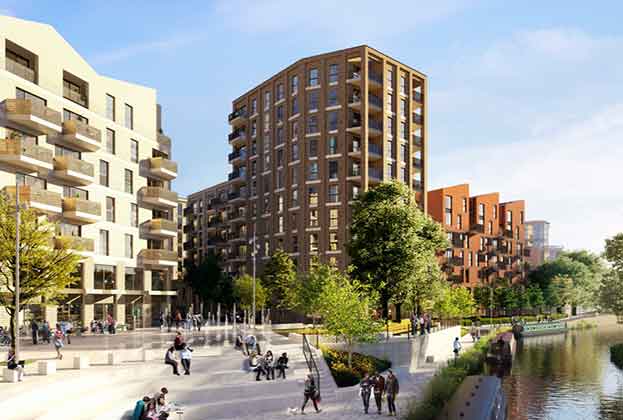Reading has reached its housebuilding targets in three of the past five years, but a shortage of development land could provide challenges
To maintain Reading’s economic potential, and to continue to attract commercial occupiers and a highly qualified workforce, Reading and the surrounding areas have to provide more homes across a range of price points and tenures.
Reading itself has performed relatively well, building more homes than the Local Plan annual target of 689 in all three of the last five years. However, the adopted target is over 200 homes short of the standard method for calculating housing need figure for Reading. Consequently, housing need that can’t be met in Reading should be delivered in the surrounding local authorities.
This approach has been successful over the past five years. Average annual net additional dwellings across Berkshire has exceeded the combined standard method housing need figure. However, as shown in the chart, this has largely been possible thanks to high volumes of housebuilding well in excess of target in Wokingham.
However, it is unlikely that Reading will be able to rely on supply elsewhere in Berkshire in the future. While Reading Borough has a stated land supply of seven years (based on the lower local plan target), both Bracknell Forest and Slough have a stated land supply of less than five years. Wokingham has a land supply of 5.1 years, but this figure is based on a Local Plan target that is -15% below the standard method need figure. Furthermore, the current NPPF reform consultation is proposing to remove the Duty to Co-operate.
Across the county, the housing targets that are being planned for are equivalent to only 78% of actual housing need. Failing to identify enough land to accommodate the homes that the area needs poses a significant risk to future economic growth; without sufficient housing at the right price points Reading risks becoming less attractive to both employees and commercial occupiers. Reading is embarking on a partial review of the Local Plan, which presents the opportunity to tackle these issues. The review particularly highlights the need for larger family homes, which currently only make up 18% of all housebuilding in the town, as a consequence of the current town-centre-focused approach. The process will look at housing densities, and review almost all of the existing allocations, but has not gone as far as re-examining the Tall Buildings policy.
The shortage of land coming forward for development has fed into upwards pressure on land values. Between September 2020 and September 2022, greenfield land values in Berkshire grew by 11% according to the Savills Development Land Index. There was a slight fall in values in Q4 2022 in response to the wider slowdown in the housing market, but in the medium term, given the shortage of new sites coming forward, values for the best-located sites with a good planning consent will remain robust.
Read the articles within Spotlight: Reading – positioned for growth below.
.jpg)

